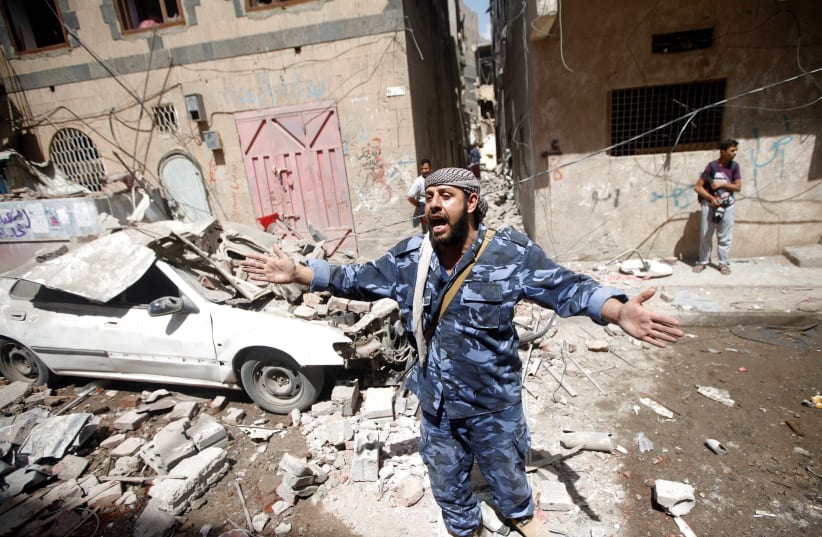Yemen drones, Iraq airstrikes, the IRGC plan to attack Israel - analysis
The drones, airstrikes and tensions stretching from Yemen to Iraq and then to Syria and Beirut comprise an arc of simmering conflict that links Iran’s role throughout the region.
